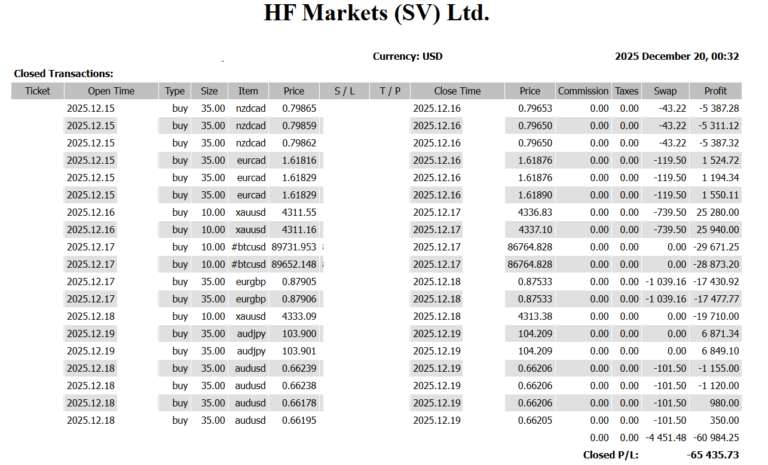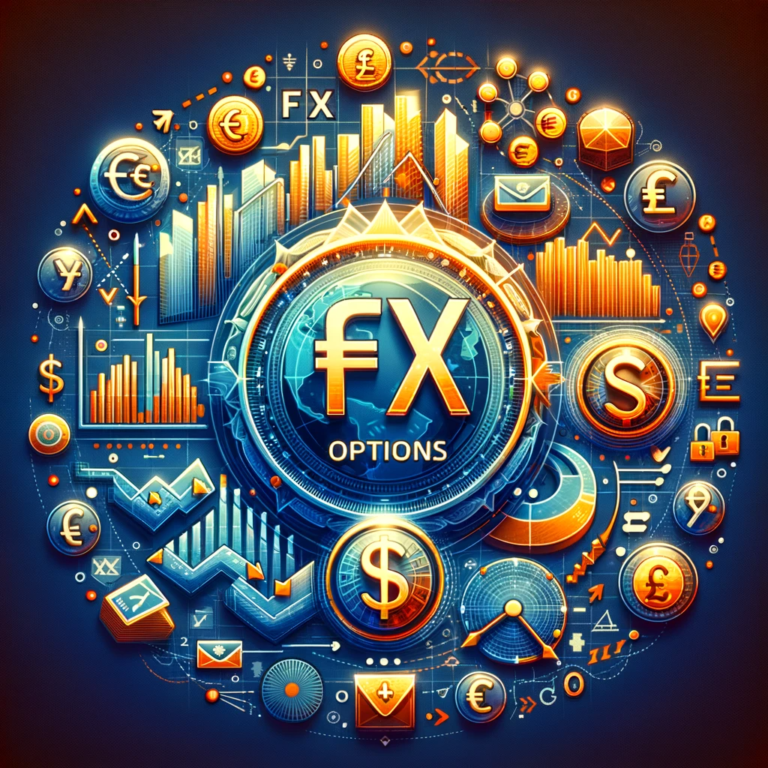Today, FRB Chairman Christine Lagarde, ECB President Christine Lagarde, and European Central Bank President Bailey will participate in the ECB Forum debate. The market is likely to react sensitively to the strength of each monetary tightening stance and the degree of confidence in avoiding a recession.
Observing the movement of the dollar index, basically an upward trend has been formed since the beginning of this year. The Fed has begun full-scale rate hikes and the rate hike has escalated to 0.75%, pushing up the dollar. In particular, the dollar-yen pair has risen significantly due to the large difference in monetary policy stance with the Bank of Japan.
The British Central Bank has started raising interest rates ahead of the United States. The rate hike pace seems to be based on the so-called normal pace of 0.25% each. There is a sense of security in that the market reading is less likely to fluctuate. However, the essential British economic situation is unstable, and inflation has not been suppressed due to supply bottlenecks and labor shortages. I’d like to know how far the interest rate will continue to be raised.
ECB is slower than the above two countries. The policy of raising interest rates by 0.25 percentage points in July and 0.50 percentage points depending on inflation is finally announced in September. As the region is greatly affected by the soaring energy prices caused by the Ukrainian War, the trade-off between inflation and the economy has become a difficult issue. Due to the Global North and Global South, bond yield disparities between countries tend to widen excessively. In this regard, the ECB Board of Directors is expected to announce a bond purchase scheme with sterilization in July.
The Fed has recently raised rates by 0.75 percentage points. At the next meeting, the market is being factored into the 0.75 percentage point rate hike. There is an impression that the US economy is relatively strong, as the US employment statistics are solid figures. However, the indicators of consumption trends are also fading. There is also a harsh view that the rapid rate hike was due to the late loss of monetary policy shifts. Simply put, it is easy for funds to flow into currencies with large interest rate hikes, but it is necessary to pay attention to the future economic outlook in the medium term.
(Source: Minkabu)
Canadian dollar and US dollar buying eyes continue. However, various speculations have flowed about the rebalancing at the end of the month, and the price movement has become unstable and it has not been possible to make a good profit, so we plan to start trading in a short temper. The current position is only to buy CADJPY.


